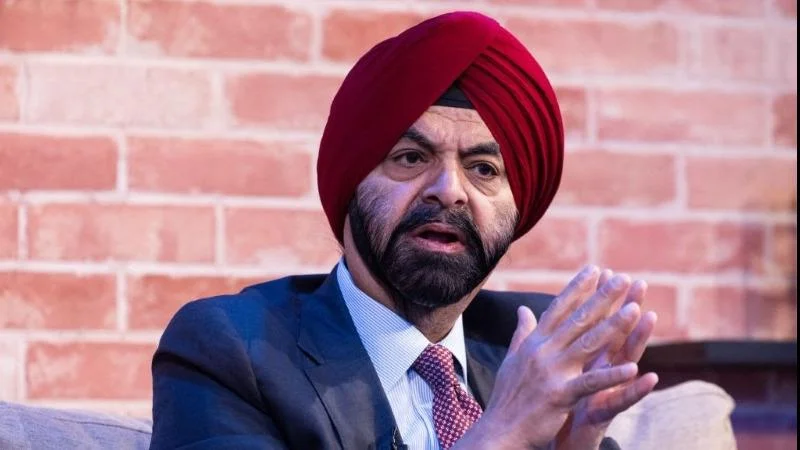Haiti, the poorest country in Latin America and the Caribbean, has faced long-standing challenges related to extreme rural poverty and food insecurity. Agriculture is a key source of income for much of the population, but years of under-investment, poor resource management, and unsustainable farming practices have led to environmental degradation, including severe watershed damage and accelerated deforestation. These issues have been worsened by frequent natural disasters.
A recent project supported by the World Bank aimed to address these challenges through an integrated approach that combined sustainable land management, climate-resilient agriculture, and disaster risk reduction. The initiative exceeded its target by helping 4,267 farmers—38 percent of whom were women—adopt improved agricultural technologies. Over 80 percent of these participants reported better access to markets.
The project introduced sustainable landscape management practices on 2,050 hectares and developed participatory plans for four sub-watersheds. A spatial decision support tool for managing climatic risks was applied across nearly 22,000 hectares involved in the project.
Farmer Field Schools played a significant role in training local communities. In total, 112 schools were established within the four targeted sub-watersheds. They provided technical training and support packages to help farmers adopt better agricultural methods; 2,800 farmers took part in these programs.
To improve market access for local products, 1,511 farmers (47 percent female) benefited from matching grants awarded to 20 sub-projects. Additionally, construction of 50 water tanks helped supply water to 250 vulnerable households.
Following the devastating earthquake in Haiti in 2021, the project’s emergency response component reached over 137,000 farmers with urgent production inputs and services; more than 20,000 received seeds or crop varieties designed to withstand changing climate conditions.
"Hurricane Matthew in 2016 and the 2021 earthquake severely damaged the irrigation system. With the financial support of the World Bank, the dam was repaired and rehabilitated, and water returned. Farmers started producing various crops, and production has increased significantly. One kilogram of beans sown produces at least 35 kilograms," said Michel Soy, Head of the Dory Smallholder’s Association.
The World Bank's strategy emphasized active community participation through investment planning at the sub-watershed level as well as subsidy schemes for technical inputs. The aim was not only to restore degraded landscapes but also to protect communities from floods and landslides resulting from soil erosion and extreme weather events.
In addition to supporting sustainable agriculture practices that improve productivity and resilience among smallholder producers and enterprises via matching grants programs—which also enhanced market linkages—the project created approximately 6,667 temporary jobs during agricultural input distribution activities. Another 168 temporary positions were generated within Farmer Field Schools for supervisors and facilitators.
Lessons learned highlighted that coordination between agricultural and environmental authorities is crucial when promoting resilient landscapes approaches. Addressing both immediate livelihood needs as well as longer-term environmental drivers is essential in Haiti’s fragile context where multiple risks converge—including climate change impacts alongside political instability.
Looking ahead amid ongoing national challenges such as political uncertainty and economic hardship—as well as continued environmental threats—the Government of Haiti continues work with World Bank financing on two projects: Emergency Resilient Agriculture for Food Security Project (PARSA) and TPR II. These initiatives are designed to enhance productivity while building resilience among poor rural households by promoting climate-smart agriculture practices along with job creation opportunities.

